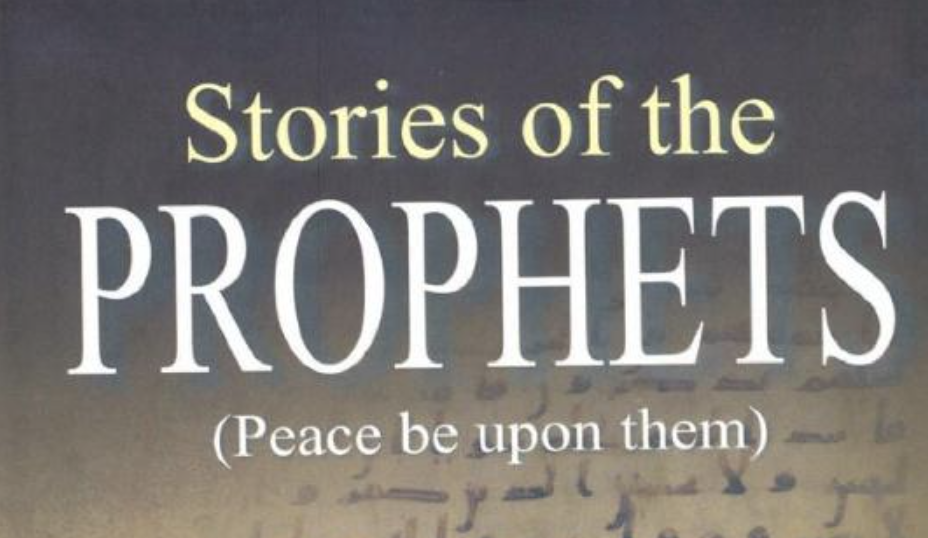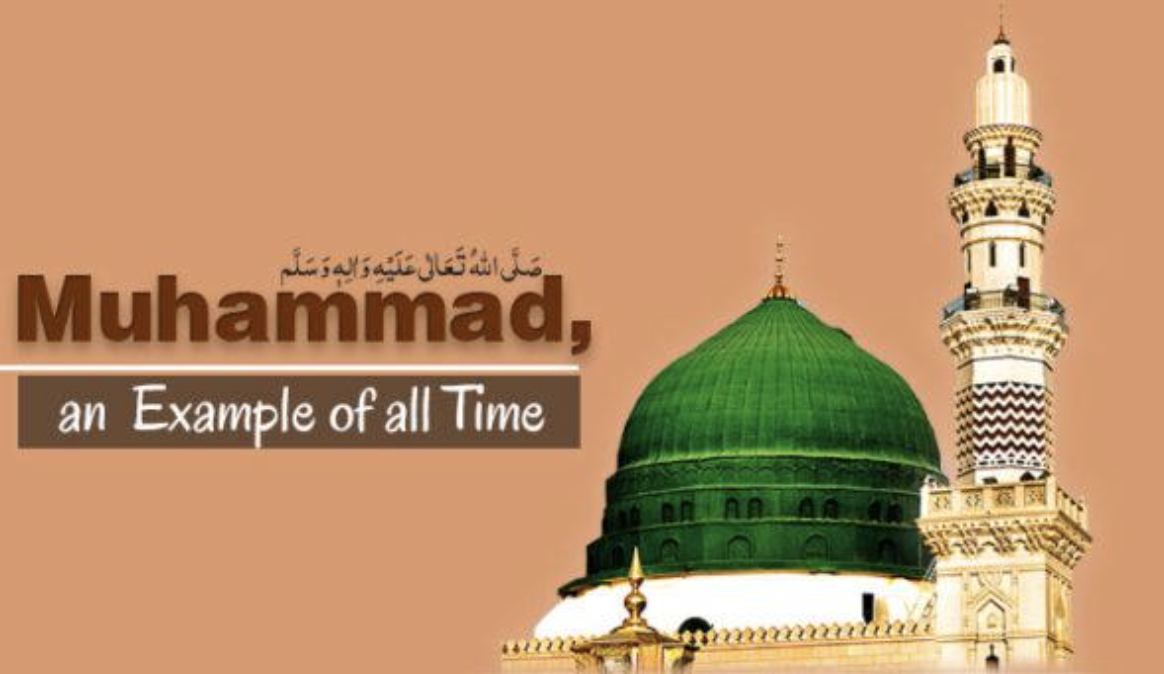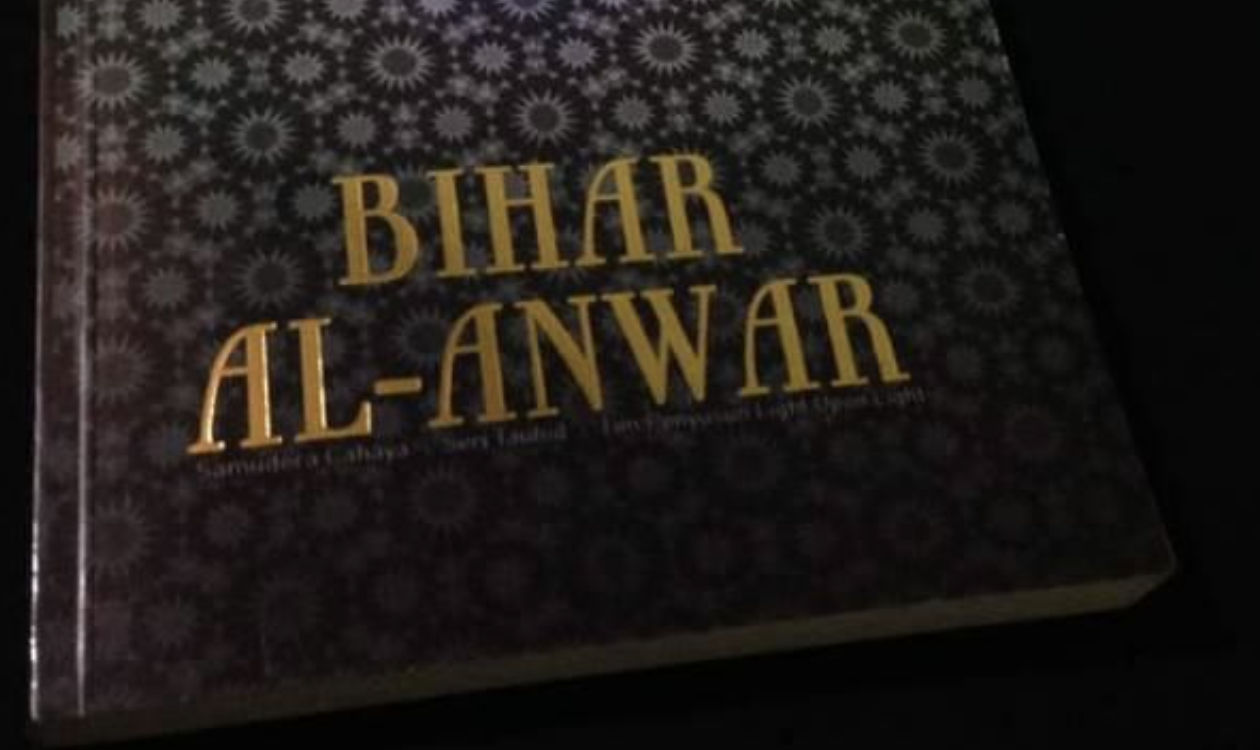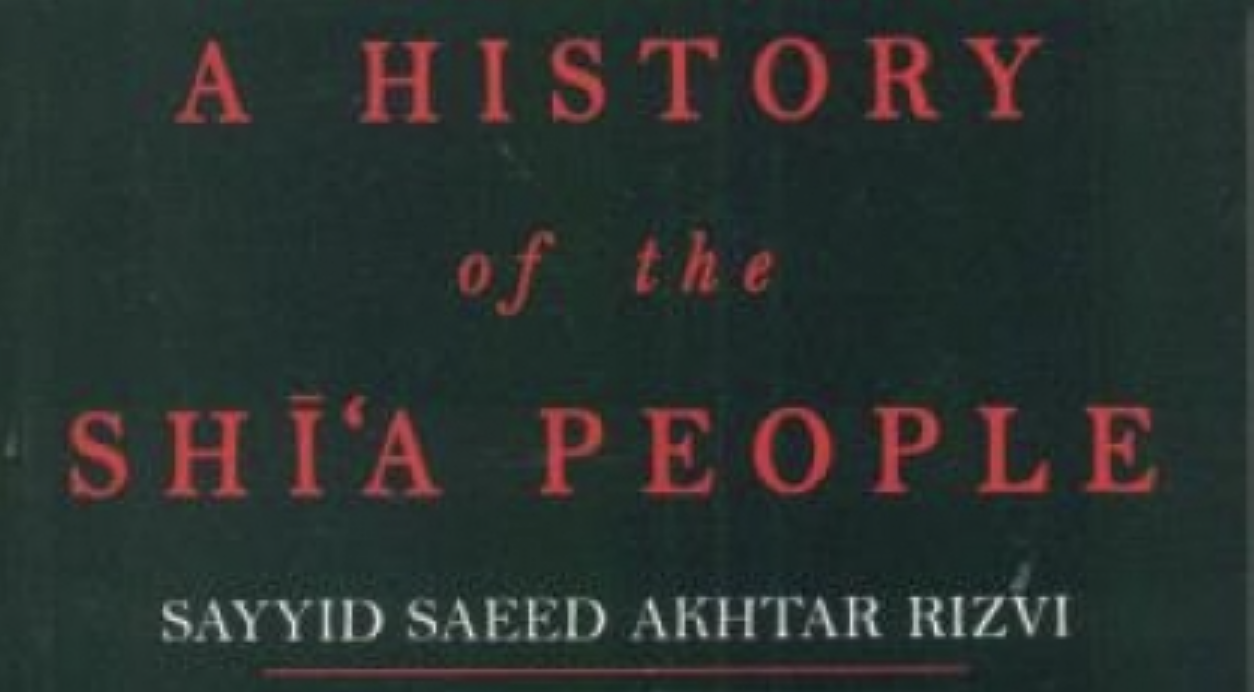History
The Past Teaches Us About the Present
By studying history, we gain the ability to understand and explain past events, which in turn allows us to identify patterns that may not be immediately apparent in the present. This perspective is essential for addressing and resolving current and future issues.
History Builds Empathy Through Studying the Lives and Struggles of Prophets and Imams
By examining the lives of Prophets and Imams through history, we gain an understanding of the diversity of human experience. We come to appreciate cultures, ideas, and traditions that are different from our own, recognizing them as meaningful expressions of specific times and places. Additionally, by studying the history of Prophets and Imams, we can see how our own experiences differ from those of our ancestors while also recognizing the similarities in our goals and values across time. We cover following History:

History of Prophets
This course is an accessible introduction to the history of the Prophets as narrated in the Qur'an. It will explore the stories of Prophets such as Adam, Noah, Abraham, Joseph, Hud, Saleh, Moses, David, Solomon, Shu’ayb, Zechariah, John and Jesus from the Qur'an and compare them to historical versions of the stories.
The course will also examine how these stories can be understood in our present times, and what lessons we can learn from them to inform our present and future. This course is designed for students aged 10 to 18 who are interested in studying the stories of Prophets in the Qur'an at a foundational level.
Key book used in this course is ‘God's Emissaries- Adam to Jesus’ by Shaykh Rizwan Arastu

History of Holy Prophet Muhammad (s)
The examination of the life of Prophet Muhammad (a) is a vital topic in Islamic studies. The religion of Islam is rooted in the teachings and message of the Prophet (s). This course provides a comprehensive examination of his life and historical context, and also addresses any false narratives that have been added later by those in power after his death. This module will delve into three aspects of the Prophet's (s) life:
- His life before declaration of prophethood.
- His life in Mecca after prophethood.
- His life in Medina post-prophethood.
The course covers key areas such as the Prophet's (s) birth, the oppression faced by early Muslims, the concept of prophetic infallibility and knowledge of unseen, the role of Imam Ali (a) and his father Abu Talib (a) in protecting the Prophet (s), the migration to Ethiopia, the boycott, the migration to Medina, the major battles, the Prophet's relationship with the Jews, the treaty of al-Hudaybiayh, the conquest of Mecca and his martyrdom by poisoning him. The ultimate goal of the course is to enhance the understanding of the Prophet's biography among learners.
Key book used in this course is ‘The Message’ by Jaafar Subhani

History of Twelve Imams from Ahlebayt (a)
This course explores various historical accounts and interpretations of Islamic history, starting with the event of Saqifa and ending with the martyrdom of Imam Hasan Askari (a), the eleventh Imam of the Shiites. It examines the character, role, political setting, and efforts to preserve the true teachings of Islam.
The course also analyzes the identities and political leanings of individuals during that time, as well as various movements such as Zaydis, Hassanids, and Waqefiya, to gain a clearer understanding of the possible motives and contexts that have influenced these movements. Additionally, it looks at the approach of the Imams of Ahlebayt (a) in regard to their social, political and economic strategies to learn from the past and shape our future. History of Twelfth Imam Mahdi (a) is covered separately under topic of Mahdawiyat (Theology Course)
Key book used in this course is ‘Beharul Anwaar’ by Allama Majlisi

History of Shias in Indian Subcontinent
The teachings of Shia Islam were introduced to the Indian subcontinent between 35 to 40AH. Additionally, the Indian subcontinent served as a sanctuary for Shias fleeing persecution from various Islamic dynasties such as Umayyads, Abbasids, Ayyubids, and Ottomans. This immigration continued for centuries until the formation of modern nation-states. This course uses the book "A History of the Shi'a People" by Allama Sayyid Saeed Akhtar Rizvi to examine the long and rich history of Shia Islam in the Indian subcontinent.

